Introduction
Airbnbeezy is a remarkable web application that mirrors the core functionalities of Airbnb, a prominent online marketplace for lodging and travel experiences. Crafted meticulously by a solo developer (myself), this project encompasses a testament to my expertise in software engineering and full-stack web development.
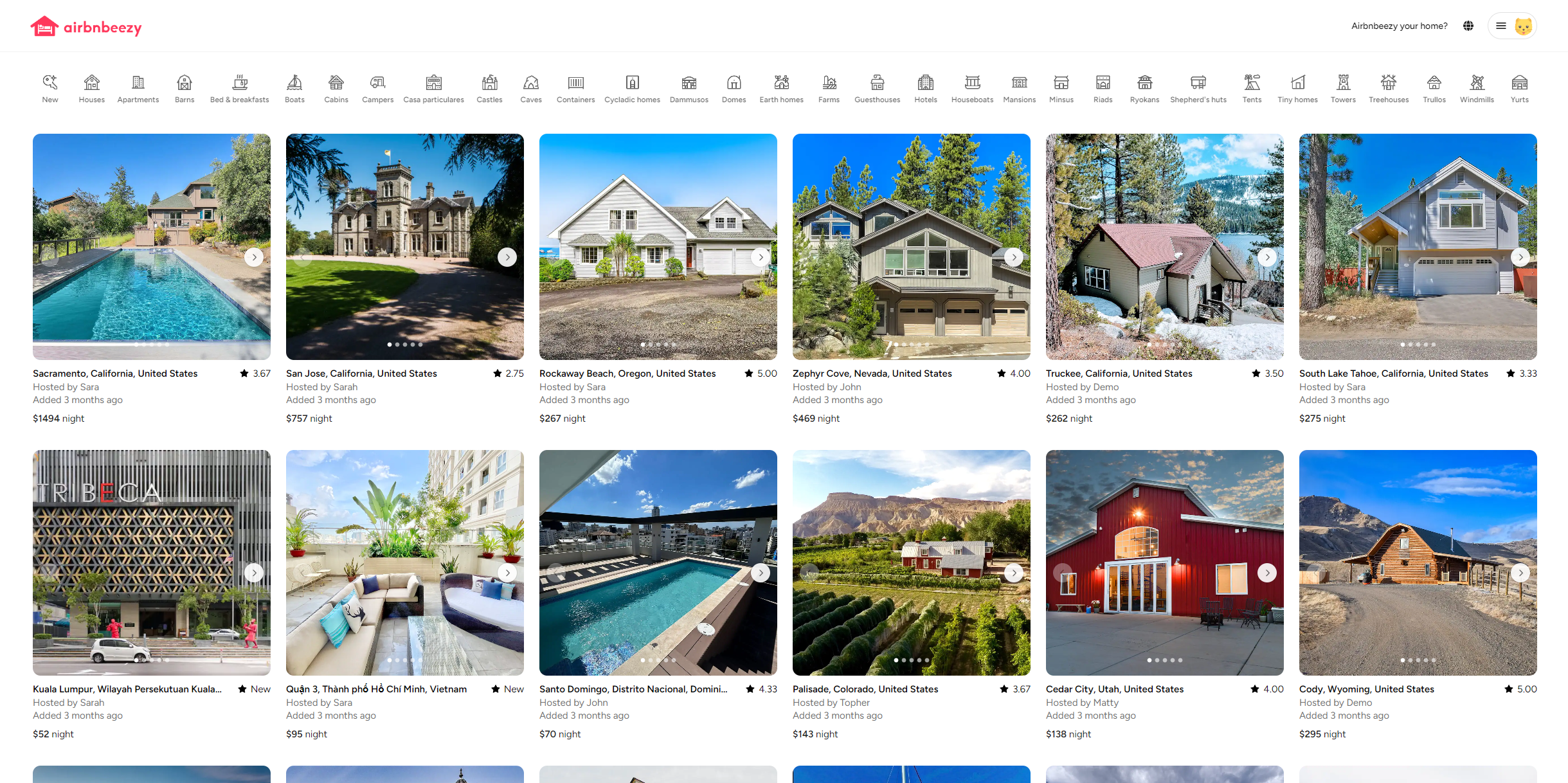
By leveraging a tech stack comprising React, Redux, Express, and Sequelize, Airbnbeezy brings to life a platform that enables users to discover accommodations, make bookings, leave reviews, and enjoy a seamless travel planning experience. The integration of AWS S3 for image uploads, Google Maps API for location services, and user authentication further elevates the application's utility and user-friendliness.
Project Goals
The primary objectives that steered the development of Airbnbeezy are outlined below:
- Functionality replication: The foremost goal was to replicate Airbnb's core features, enabling users to search for accommodations, view detailed listings, make bookings, and post reviews.
- Database design: The design and implementation of a robust and efficient database schema using Sequelize aimed to ensure optimal storage and retrieval of user, property, booking, and review data. The very first version of this schema is shown below.
- User‑centric UI design: The user interface (UI) design focused on creating an intuitive, visually pleasing, and responsive layout to provide a delightful user experience.
- Secure user authentication: Implementing a secure user authentication and authorization system to safeguard user data and provide controlled access to application features.
- Seamless image uploads (AWS S3): The integration of AWS S3 for image uploads guarantees a smooth process of uploading, storing, and displaying property images.
- Streamlined booking process: Developing a simplified and efficient booking process for users to easily select dates, make payments, and receive booking confirmations.
- Empowering user reviews: Enabling users to leave reviews for properties, fostering transparency and aiding other users in making informed decisions.
- Location services (Google Maps API): Leveraging the Google Maps API to provide accurate property locations and assist users in understanding the surrounding area.
Tech Stack
The technological choices underpinning Airbnbeezy's development are a testament to creating a robust and efficient application:
- Frontend: Utilizing React.js and Redux for state management ensured a dynamic and responsive user interface.
- Backend: Express, a minimalist Node.js web application framework, facilitated routing, server setup, and API development.
- Database: Sequelize , a promise-based Node.js ORM, enabled interactions with the MySQL database, ensuring data integrity and efficiency.
- User authentication: JSON Web Tokens (JWT) were employed to secure user authenticaiton and manage user sessions.
- Image uploads (AWS S3): The integration with AWS S3 allowed for efficient and secure storage of property images.
- Location services (Google Maps API): Integration with the Google Maps API provided accurate and interactive property locations.
- Version control: Git and Github for efficient version control and code management.
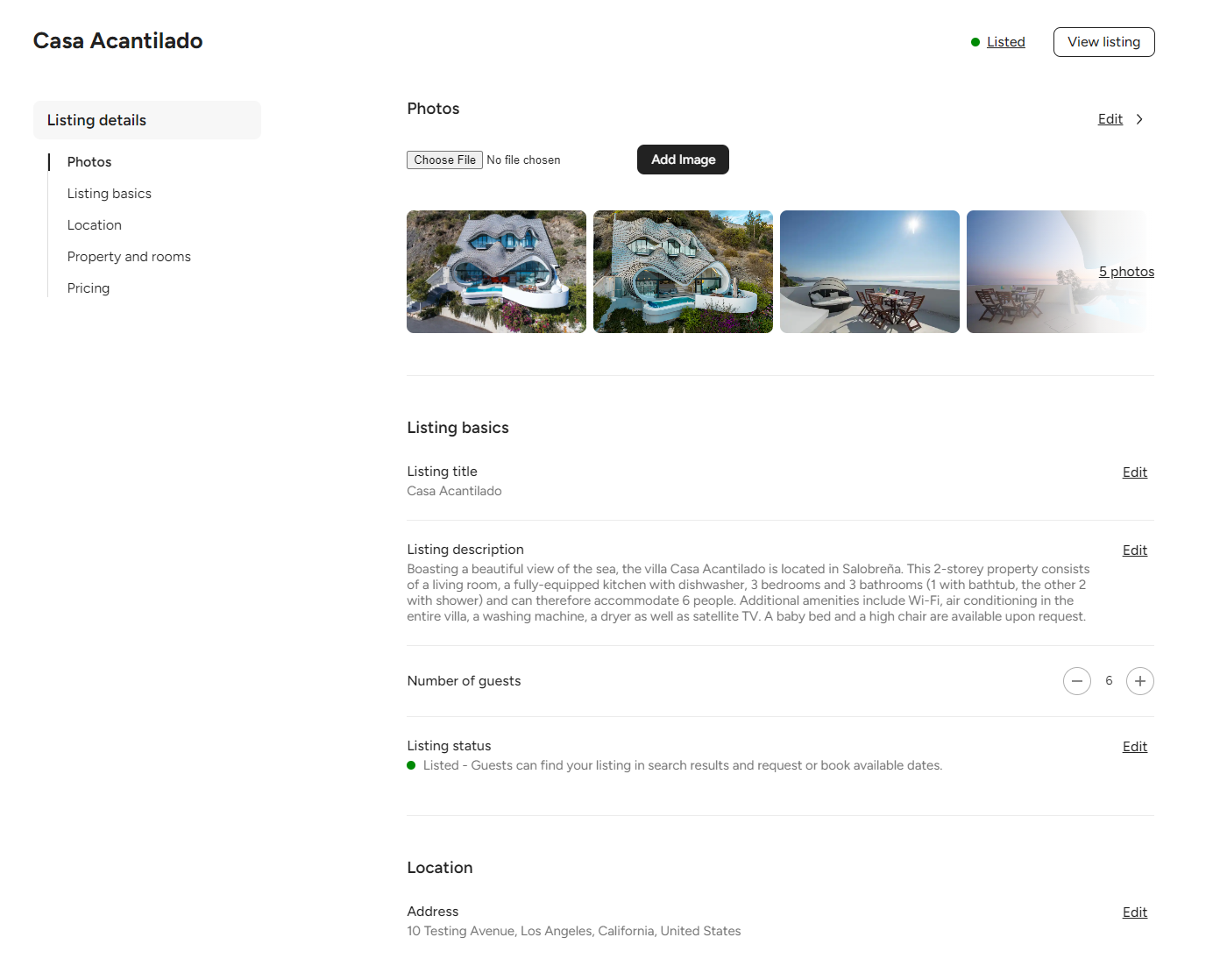
Features
Airbnbeezy is a feature-rich application designed to offer an immersive and convenient travel planning experience.
Users
Users can register new accounts and log in to access personalized features and bookings. Registered users have profiles displaying their bookings, reviews, and account information. Secure authentication ensures user data protection and controlled access to features.
Property Listings
Properties are displayed with detailed information, images, pricing, and availability calendars. Users have the ability to post their own listings with full customization, including images.
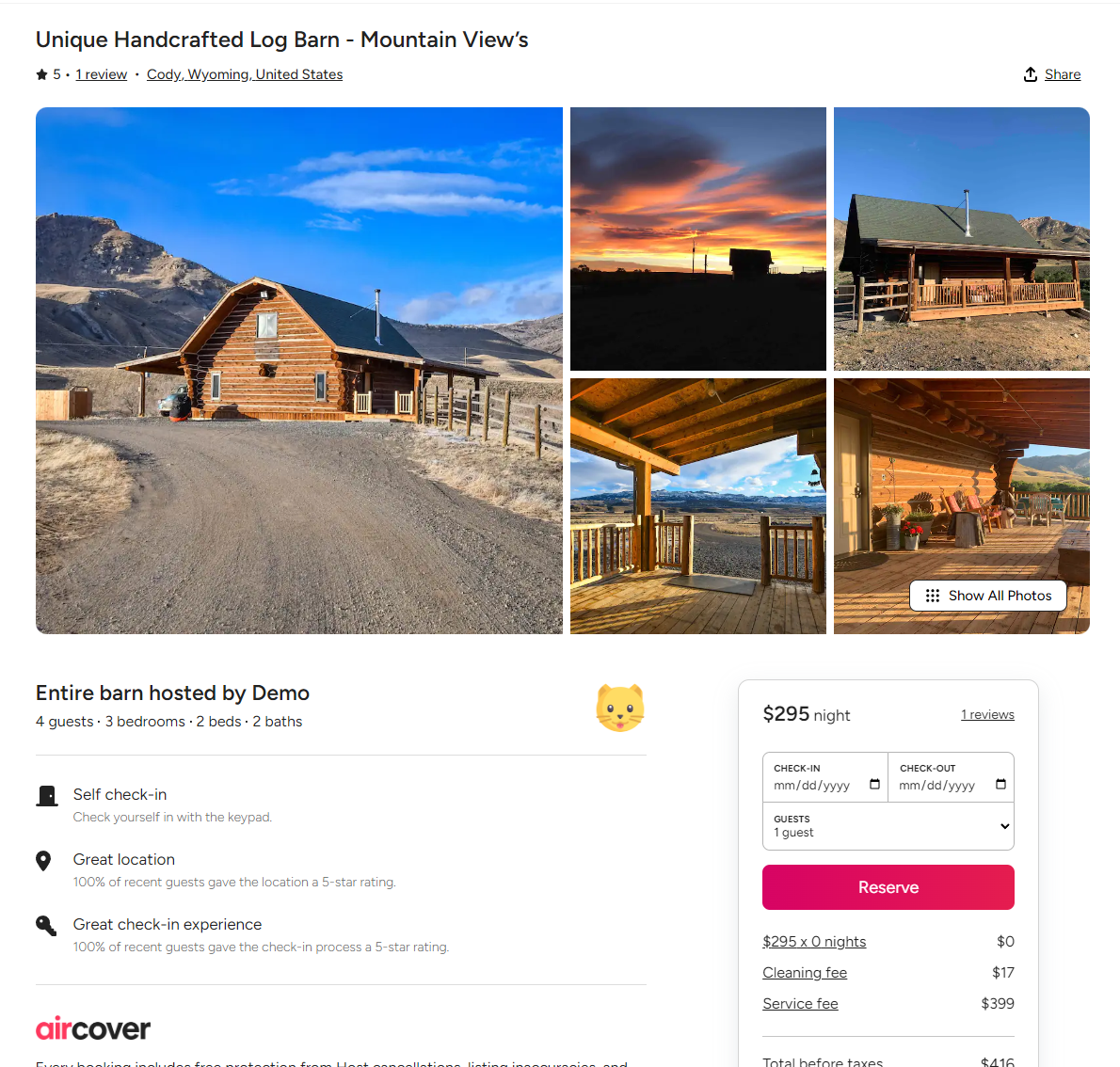
Interactive Maps (Google Maps API)
Property locations are displayed on interactive maps, enabling users to see what the surrounding area is like, and to use the map to explore the neighborhood.
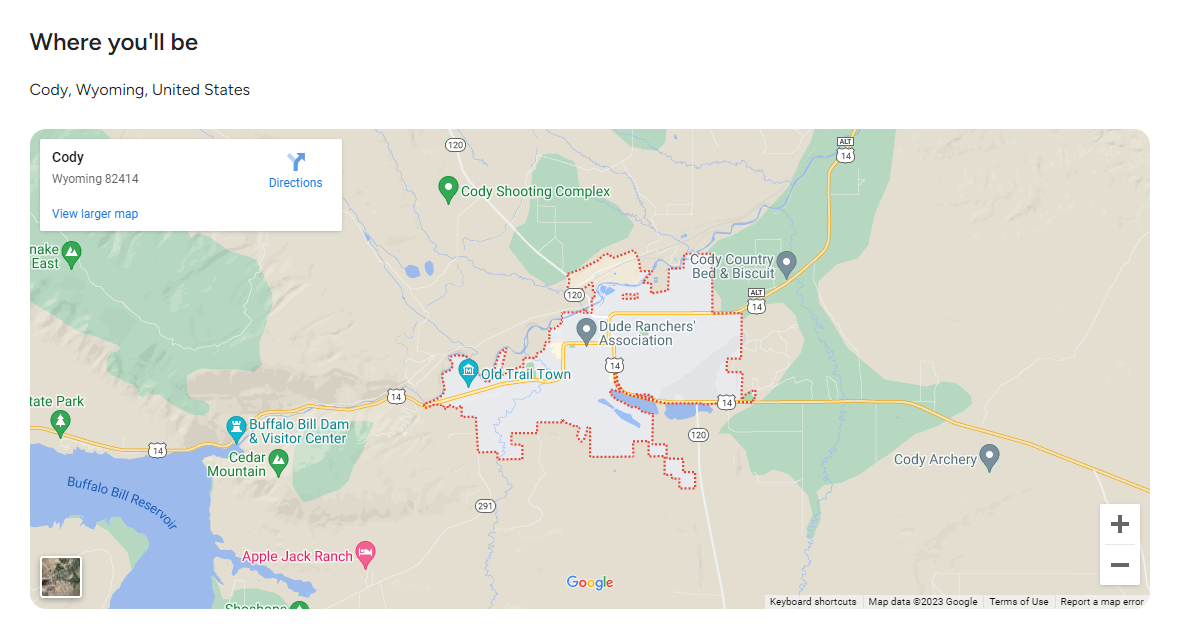
Booking Process
Users can select available dates and receive booking confirmations. Extensive validation ensures that only valid and available dates are selected by users. Users can view and manage past and current bookings.
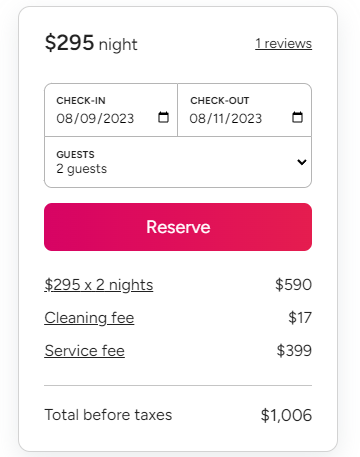
Image Uploads
Property owners can upload images of their listings, enhancing the visual appeal and attractiveness of properties. All users can upload a profile image, personalizing their profile for other users to see.
User Reviews
Users can leave reviews for properties they have booked, offering valuable insights to future travelers.
Challenges Faced
The journey of building Airbnbeezy was accompanied by several challenges, each fostering learning and growth:
- Integration of external APIs: Incorporating the Google Maps API to accurately display property locations required understanding its usage and ensuring seamless integration.
- Complex booking logic: Developing the booking process involved managing available dates, user selections, and real-time updates while maintaining data consistency.
- Image uploads with AWS S3: Properly configuring AWS S3 for secure image uploads and handling user-generated content was crucial.
- Database relationships: Establishing relationships between users, properties, bookings, and reviews in Sequelize demanded careful schema design and understanding of associations.
- Advanced styling: Several components required advanced knowledge
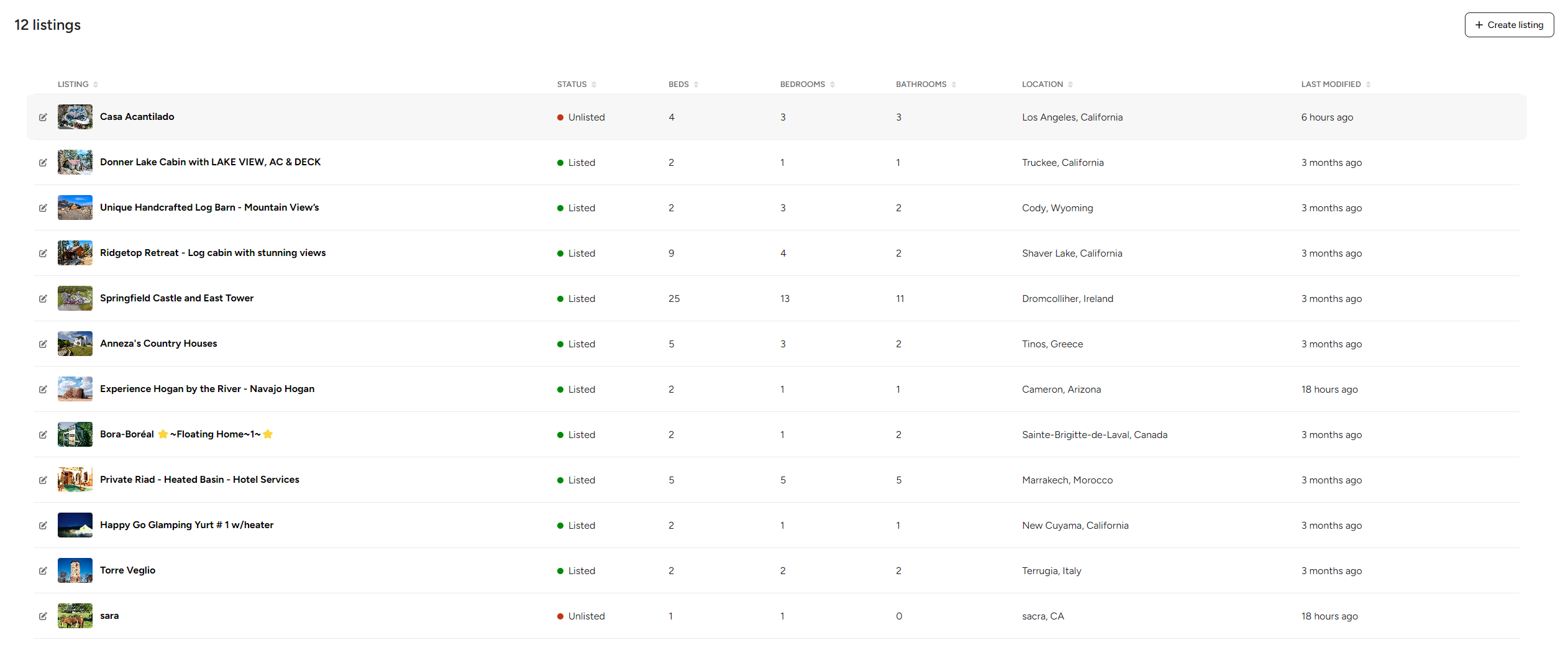
Lessons Learned
Ribbit provided invaluable insights into building complex and dynamic web applications. Some key takeaways include:
- Integration of real-time features: Understanding the concepts of websockets and event-driven architecture for implementing real-time features.
- AWS S3 integration: Learning to use AWS S3 for secure image uploads and storage, ensuring a seamless user experience.
- Scalability and optimization: Designing a scalable architecture and optimizing database interactions for increased user activity.
- Comprehensive messaging system: Building a messaging system with proper authentication, authorization, and secure communication required meticulous planning and implementation. Understanding the intricacies of real-time communication and secure messaging was essential.
- Folder structure and organiziation for large projects: Deviating from the default folder structure by organizing the project folder structure in a way that makes sense for the project's size and specifications.